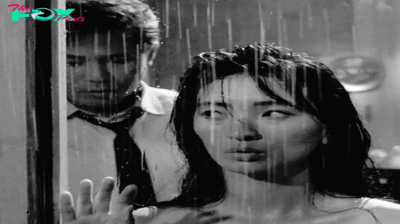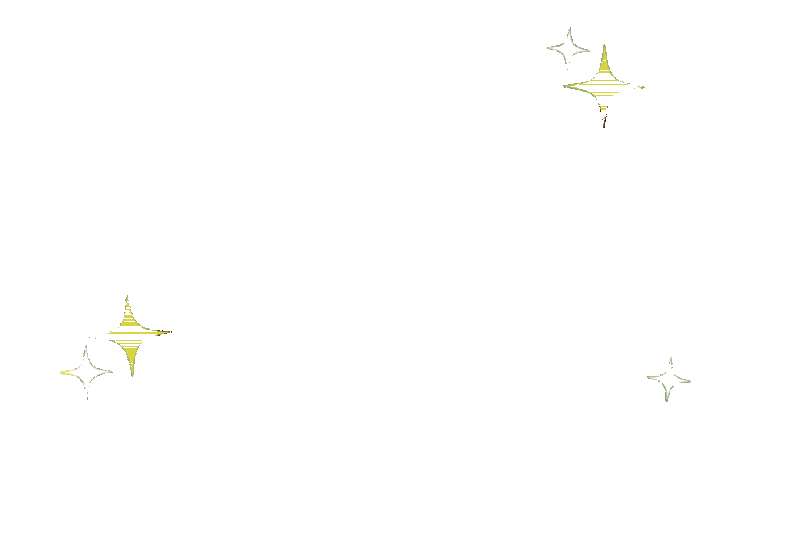Entertainment
The Flanders Symphony Orchestra deliver Edinburgh’s Sunday live performance season to a terrific shut – Seen and Heard Worldwide

 United Kingdom Mozart, Beethoven: Yena Choi (soprano), Kadi Jürgens (mezzo-soprano) , Denzil Delaere (tenor), Christian Immler (bass), Sheffield Philharmonic Refrain, Flanders Symphony Orchestra / Kristiina Poska (conductor), Usher Corridor, Edinburgh, 23.6.2024. (GT)
United Kingdom Mozart, Beethoven: Yena Choi (soprano), Kadi Jürgens (mezzo-soprano) , Denzil Delaere (tenor), Christian Immler (bass), Sheffield Philharmonic Refrain, Flanders Symphony Orchestra / Kristiina Poska (conductor), Usher Corridor, Edinburgh, 23.6.2024. (GT)
Mozart – Overture to Don Giovanni, Okay.527; Requiem in D minor, Okay.626
Beethoven – Symphony No.8 in F main, Op.93
The Flanders Symphony Orchestra are among the many best ensembles in Belgium – that is the third event they’ve visited Edinburgh, the final time being in 2019 when their conductor was Jan Latham-Koenig. Primarily based in Ghent, they’ve an enviable programme of touring internationally and recording. Ghent is twinned with Tallinn, so it’s no shock they chose an Estonian music director, Kristiina Poska. Estonia has a wealthy heritage of manufacturing excellent conductors and singers; the Järvi household alone have supplied three worldwide conductors, and music is at its coronary heart; choral singing is widespread, and the small Baltic nation has been the birthplace of composers equivalent to Ester Mägi, Pärt, Tüür, and Tubin. Poska, who has been chief conductor since 2019, has already carried out the Royal Scottish Nationwide Orchestra and the Scottish Chamber Orchestra in various repertoire in current seasons.
The Don Giovanni overture introduced out in its darkish introduction dramatically sculpted sforzati, that led to daunting passages on the violins, and below Poska’s path, the orchestra appeared considerably bombastic, with the pure brass and timpani fairly strident. Relatively than sweeping gestures, the conductor held a agency tempo with restricted waves of the baton grasped in her left and her proper hand for expression. The sway between demonic forces and fervour was prevalent. On the similar time – within the central part – there emerged a superbly life-enhancing theme, and – altering from the minor key – there sprang an upbeat climax within the celebrant key of C main. Much less consideration was given by Poska to color and expression; the harmonies have been considerably repressed and underwhelming – but produced a dynamically highly effective efficiency.
The dynamic stridency continued into the Beethoven symphony – Poska produced an intense studying of the Eighth – a piece usually ignored between the magisterial Seventh and the choral Ninth symphonies. The Eighth Symphony is stuffed with humour and pleasure, and the Belgians supplied loads of this with virtuosity within the excellent enjoying of the woodwind group – particularly the flute of Caroline Peeters, the clarinet of Daniel Mourek, and the bassoon of Koen Coppe within the opening motion (Allegro vivace con brio). Poska’s path allowed the orchestra to deliver out the upbeat temper with a velvety exuberance within the strings, and the pianissimo on the finish seemed like a farewell.
The second motion (Allegretto scherzando) was charming, with vibrant concepts shared on the woodwind reminding one of many beautiful virtuosity of the Belgian musicians. The (Tempo di menuetto) was portrayed as an ebulliently rustic dance, and the second of the 2 trios was brilliantly carried out by the horn of Hanna Guirten and clarinet of Mourek in a vitally alluring discourse – and when joined by the violins there got here a beautiful intimacy within the music making. The Finale (Allegro vivace) reprised the upbeat theme of the opening motion with a cascade of vibrant enjoying. An element on this efficiency was the pure horns, which along with the thumps from Tom Lee on the interval timpani helped create joyous pleasure resulting in the sensible finale.
Within the Mozart Requiem, the 4 soloists have been within the wings – solely approaching centre stage when singing, and the timpani have been on the left of the orchestra, with the organ continuo. The orchestral prelude was begun by Poska with the bassoons and basset horns asserting the plaintive opening concept coupled with the trombones. The magnitude of this work was heard Within the Introitus, with an amazing heat of humanity heard within the dulcet timbre of the choral singing. The Sheffield refrain was magnificent of their opening forte passage – one is usually staggered when listening to an ideal English refrain accompanied by a top-class orchestra.
The notion of mourning prevailed, but the temper was alleviated by the fantastic soprano of Yena Choi within the ‘Ex lux perPetua luceat eis’ singing from the wings. Within the Kyrie, the singing was magnificent, but led to a way of unease and anticipation. The momentum created by the Estonian conductor was masterly, and the Dies Irae – particularly in its serenity – and within the Tuba mirum, the bass of Christian Immler was majestic as he sang the theme of the sooner trombone passage – whereas the tenor Denzil Delaere sang within the remodeled minor key, permitting the darkish, oppressive temper to fade, because the Estonian mezzo-soprano Kadi Jürgens sang a superbly expressive aria, and this sequence turned much more enlightened within the singing of Choi. The uplifting temper was magnified by the fantastic refrain within the Rex tremendae majestatis.
The orchestral enjoying, particularly the woodwind, was chic when enhanced by the feminine voices of the refrain and the quartet of soloists. But this optimism was disrupted by the refrain singing Confutatis maledictus, resulting in the superbly carried out ‘Lacrimosa dies illa’. Within the Lacrimosa, the coloratura sopranos accompanied by the timpani after which joined by the refrain in a considerably gently rocking phrase was chic. Within the Offertorium, the quartet was as soon as once more excellent, particularly the soprano and mezzo voices within the Dominum Jesu part. The timpani thuds opened dramatically, the Sanctus, in a fascinating passage of music making, whereas within the Benedictus, the soloists once more have been superb, following the chic orchestral introduction, most notably the dark-hued bass of Immler and the uplifting chic mezzo-soprano of Jürgens.
There was magnificent singing by the quartet within the Benedictus – making ready us for the Agnus dei, and because the full voices of the refrain have been heard, by switching the tempo ever so succinctly, within the Communio: Lux aeterna, Poska allowed a sombre gravitas within the choral singing earlier than closing this magnificent efficiency beautifully. The path of the massive forces on stage by Poska was masterful. As an encore, the refrain, soloists and orchestra carried out Mozart’s ‘Ave verum corpus’ to deliver this afternoon live performance in Edinburgh’s worldwide live performance season to a vibrant shut. The subsequent live performance within the Sunday Classics collection will probably be a go to by the Hungarian Radio Symphony Orchestra in December, if they’re something pretty much as good as final 12 months’s efficiency by their Concerto Budapest compatriots, this will probably be price ready for.
Discover particulars of the 2024-25 programme by clicking right here.
Gregor Tassie
-

 Entertainment3h ago
Entertainment3h agoMike and Lauren Sorrentino Introduce Baby No. 3 to Kids in ‘Jersey Shore’ Exclusive Clip
-

 Entertainment6h ago
Entertainment6h agoNatasha Rothwell on Her Memorable Firsts
-

 Entertainment12h ago
Entertainment12h agoFace Me and Other Korean Medical Crime Shows That are Must Watch
-

 Entertainment17h ago
Entertainment17h agoClassic Korean Movies Like Piagol to Add to Your Watch List
-

 Entertainment17h ago
Entertainment17h agoOver 60 Million People Tuned in to Watch Jake Paul vs. Mike Tyson
-

 Entertainment1d ago
Entertainment1d agoPopular Hudson Valley Italian Restaurant Addresses Closing Rumors
-

 Entertainment1d ago
Entertainment1d agoRHOBH’s Dorit Kemsley Addresses Viral Smoking Scene on Season 14 Premiere: ‘I Was Being Chased’
-

 Entertainment1d ago
Entertainment1d agoThe 10 Best Podcasts of 2024

















